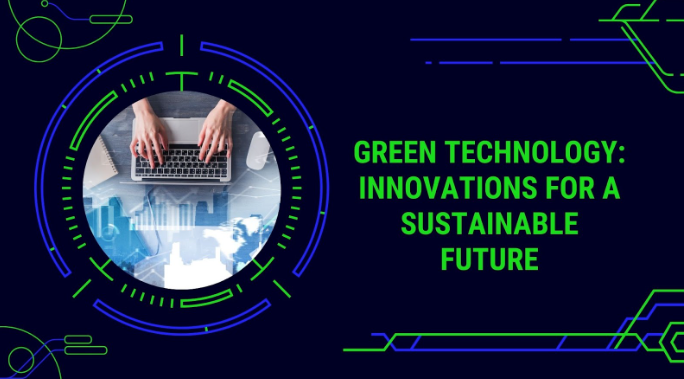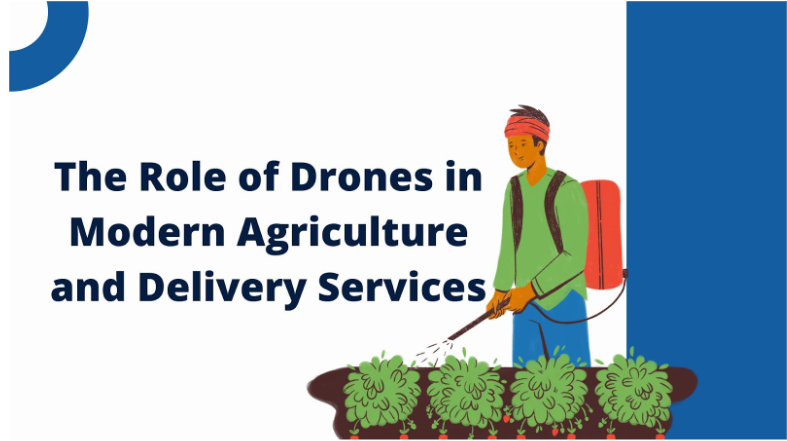Green technology, or eco-friendly technology, is all about creating new solutions to help protect our environment and make the world a healthier place. It focuses on reducing pollution, conserving natural resources, and using renewable energy sources like solar and wind power. As climate change becomes more of a concern, green technology is helping us rethink how we produce energy, build products, and manage waste. This article explores some of the latest innovations in green technology and how they are shaping a sustainable future.
What Is Green Technology?
Green technology includes any kind of technology that minimizes damage to the environment. Unlike traditional technology, which often relies on fossil fuels or causes pollution, green technology seeks to use cleaner resources and create less waste. Examples include solar panels, which convert sunlight into energy without pollution, or electric vehicles, which produce fewer emissions compared to gasoline-powered cars. Green technology aims to reduce our environmental footprint and make sure that resources like clean air, water, and energy are available for future generations.
Renewable Energy: Powering the Future
One of the biggest areas of green technology is renewable energy. Renewable energy sources, like solar, wind, and hydropower, generate power without producing harmful emissions. Solar panels convert sunlight into electricity, while wind turbines use the wind to generate energy. These methods don’t deplete resources, unlike coal or oil, which take millions of years to form. Renewable energy not only helps reduce pollution but also lowers dependency on finite resources, making it a vital part of building a sustainable future.
Electric Vehicles: Cleaner Transportation
Transportation is a major source of pollution, but electric vehicles (EVs) are helping to change that. EVs run on electricity instead of gasoline, so they produce fewer emissions and help reduce air pollution in cities. Many countries are encouraging people to switch to EVs by offering tax incentives and building charging stations. As battery technology improves, electric vehicles are becoming more affordable and can travel longer distances on a single charge. This makes EVs a practical and eco-friendly choice for daily transportation, helping us move toward cleaner air and less reliance on fossil fuels.
Green Building: Sustainable Construction
Green building focuses on designing and constructing buildings in a way that conserves resources and reduces waste. Sustainable buildings use materials like recycled wood, energy-efficient windows, and insulation that minimizes heating and cooling needs. Some buildings are even designed to generate their own energy through solar panels or wind turbines on the roof. Green building techniques reduce the carbon footprint of construction and make spaces more energy-efficient, cutting down on energy costs and helping the environment. As cities grow, green building is becoming an essential part of sustainable urban development.
Waste Reduction and Recycling Innovations
Reducing waste is another key focus of green technology. Many companies are developing products that use less plastic or are made from recycled materials. Biodegradable packaging, for example, breaks down naturally over time and doesn’t harm the environment. Innovations in recycling are also helping to turn waste into usable materials. For instance, new recycling techniques can break down plastic bottles into reusable material, reducing the need to create more plastic. These efforts help manage waste better, reduce landfill usage, and conserve resources.
Smart Farming: Greener Agriculture
Green technology is making farming more efficient and sustainable. Smart farming, or precision agriculture, uses technology like sensors, drones, and data analysis to monitor crop health, soil quality, and water usage. This allows farmers to apply water, fertilizers, and pesticides only where needed, reducing waste and pollution. Vertical farming, another green technology, grows crops indoors in stacked layers, using less land and water. These innovations help farmers grow food more sustainably, reducing environmental impact and making sure we have enough food for a growing population.
Water Conservation: Protecting Our Most Precious Resource
Water scarcity is a big concern in many parts of the world, and green technology is offering ways to conserve and purify water. Desalination, for example, is a process that turns seawater into fresh water by removing salt. Solar-powered desalination plants are becoming popular in arid regions, providing clean drinking water without harming the environment. Greywater recycling systems also allow us to reuse water from sinks and showers for irrigation. By conserving water, these technologies are helping us ensure access to clean water while protecting natural water sources.
Carbon Capture: Reducing Emissions
Carbon capture technology is an emerging field focused on capturing carbon dioxide (CO₂) emissions from factories and power plants before they reach the atmosphere. The captured CO₂ is then stored underground or used in other processes, such as creating fuels or building materials. This technology helps reduce the amount of greenhouse gases released into the air, slowing down global warming. While carbon capture is still in its early stages, it offers a promising solution for reducing emissions from industries that are difficult to make carbon-neutral.
The Future of Green Technology
Green technology is continuously evolving, with new innovations emerging to tackle environmental challenges. Future developments could include more efficient solar panels, advanced batteries for energy storage, and AI-driven systems that monitor and reduce energy use in real time. As green technology becomes more accessible, we can expect to see more eco-friendly solutions integrated into our daily lives. Governments and companies worldwide are investing in green technology, recognizing it as a key to addressing climate change and building a sustainable future for everyone.
Conclusion
Green technology is revolutionizing the way we produce energy, manage waste, and conserve resources, paving the way for a sustainable future. From renewable energy and electric vehicles to waste reduction and water conservation, green technology is creating solutions that reduce our impact on the environment. By embracing these innovations, individuals, businesses, and governments can work together to protect the planet and create a healthier,




